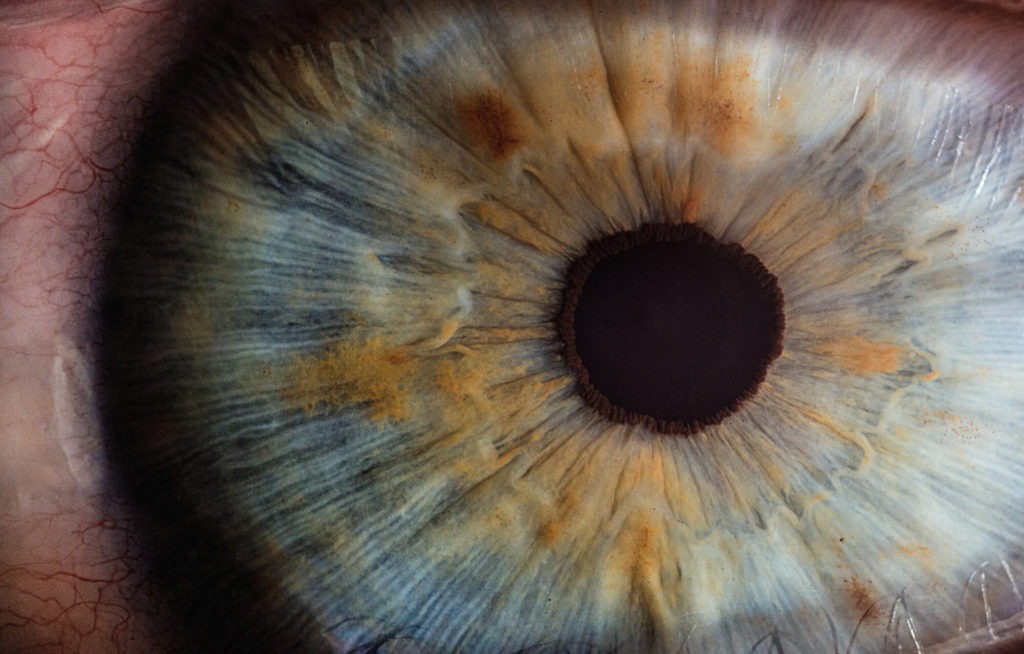Lazy eye, also known as Amblyopia, occurs when vision does not properly develop in one or both eyes during early life. It is a common problem in children and even in babies.
A child’s vision develops in the early stages of life. It is important to diagnose amblyopia in childhood for early treatment. Your child will not develop a healthy vision if a medical professional doesn’t diagnose them at the earliest.
Symptoms of Lazy Eye
Some signs of a lazy eye are:
- An eye that often moves outwards or inwards
- Poor ability to perceive distance
- Shutting or squinting of an eye
- Eyes are not working together
- Head tilting
Causes of Lazy Eyes
Amblyopia or lazy eye can develop because of other diseases or eye problems. Some of the reasons that can lead to the lazy eye are:
Strabismus
Strabismus is the eye problem in which both eyes see objects in different directions. If one eye is looking at something straight ahead, the other one looks in, out, down, or up. The child’s brain ignores the image of the eye looking straight. This happens because their brain wants to avoid double images. It causes problems in that eye and prevents it from developing better vision.
Refractive Problem
The difference between both eye sights can cause a lazy eye. Mostly, farsightedness (hyperopia) became the cause of amblyopia but nearsightedness (myopia) can also cause a refractive problem.
Contact lenses or eyeglasses are used to correct refractive issues. In some cases, amblyopia can occur by both refractive problems and strabismus.
Deprivation
Deprivation is a problem in the one eye that prevents proper vision, such as cataract (the cloudy area in the lens). Deprivation in childhood requires early treatment to prevent vision loss. It is one of the most serious amblyopia.
Droopy Eyelids
Droopy eyelids or ptosis (abnormal drooping of upper eyelid) can cause blockages in a child’s vision. It mostly occurs in childhood and can cause amblyopia.
Treatment of Lazy Eyes
Depending on the type, medical professionals can treat a lazy eye using two ways. If a child has amblyopia because of less light entering the eyes, they treat it by removing the blockage. For example, if a cataract blocks light from entering the eye, it will be removed via an operation.
If a child has amblyopia because of far-sightedness or short-sightedness, it can be corrected with eyeglasses. The glasses will help the eyes focus on near and far objects.
Doctors can also recommend that the patient use eye drops for treatment and encourage the working of the affected eye in some cases.
The Bottom Line
Lazy eyes are not dangerous in early childhood, but it can create problems later in life. Your child can suffer from vision problems all their life if they don’t get proper treatment. Treatment from a skilled professional can help them avoid problems in the future.
The treatment takes time to recover the eyes fully, but after a few months your child can have better vision.




